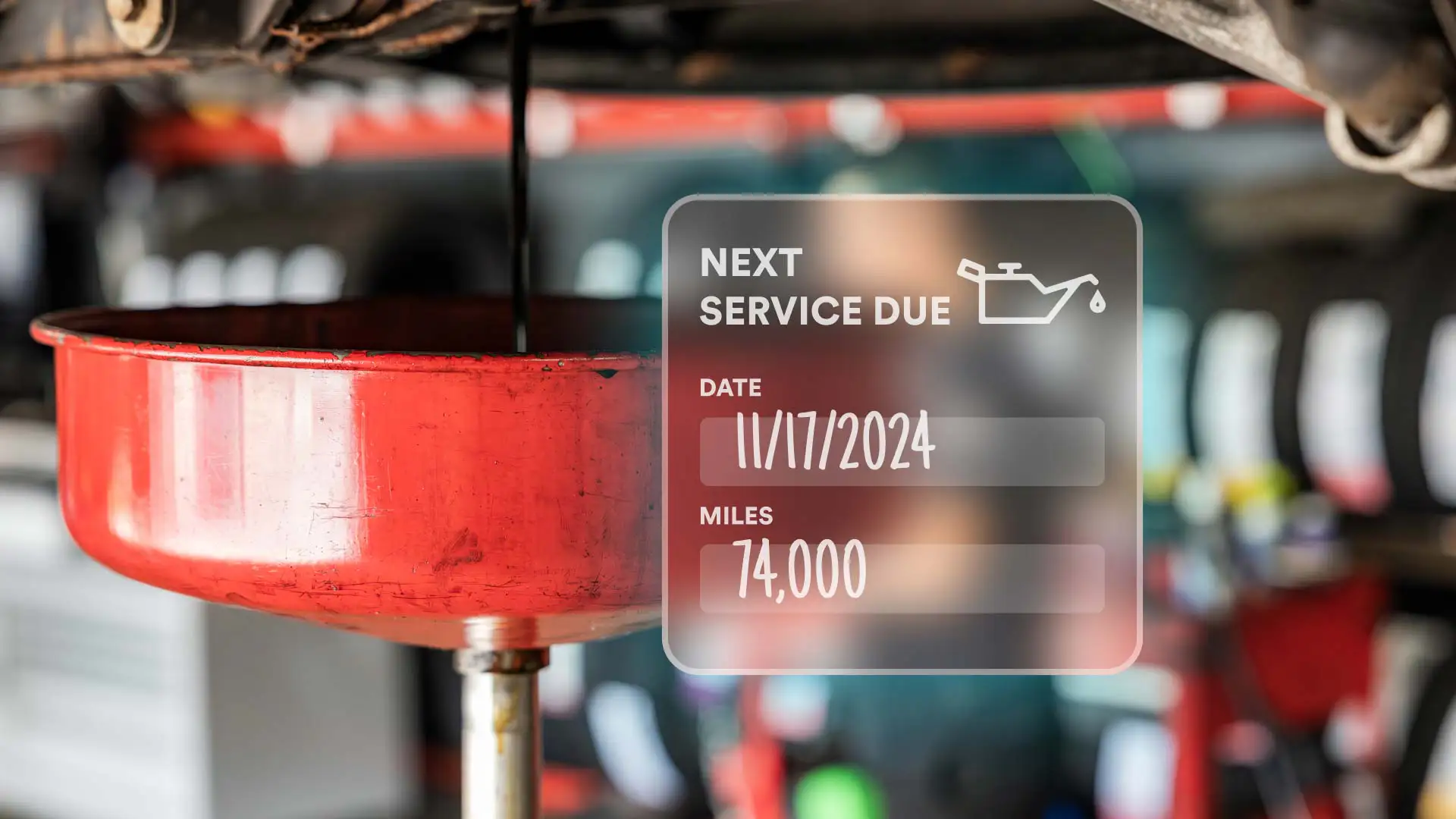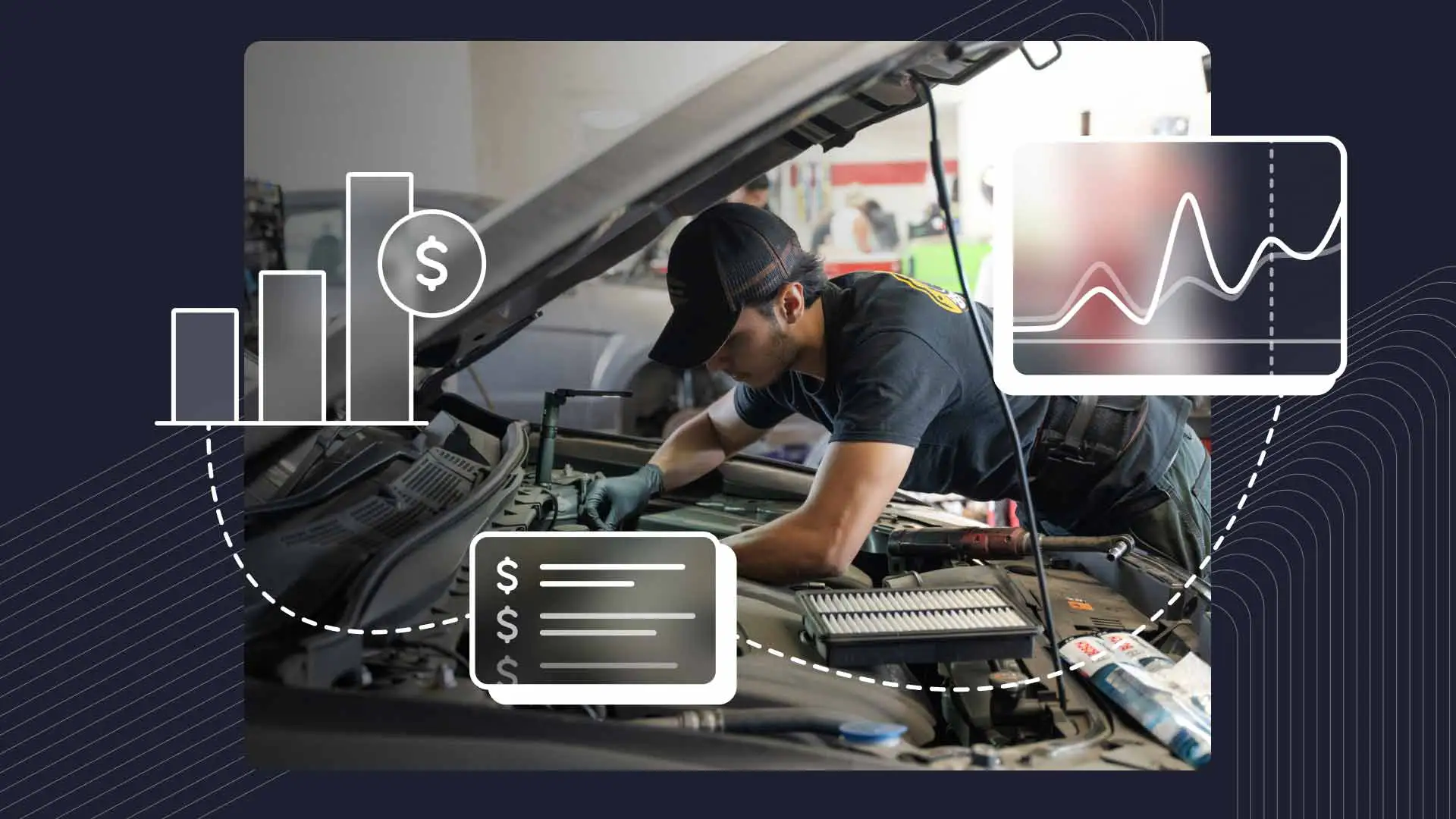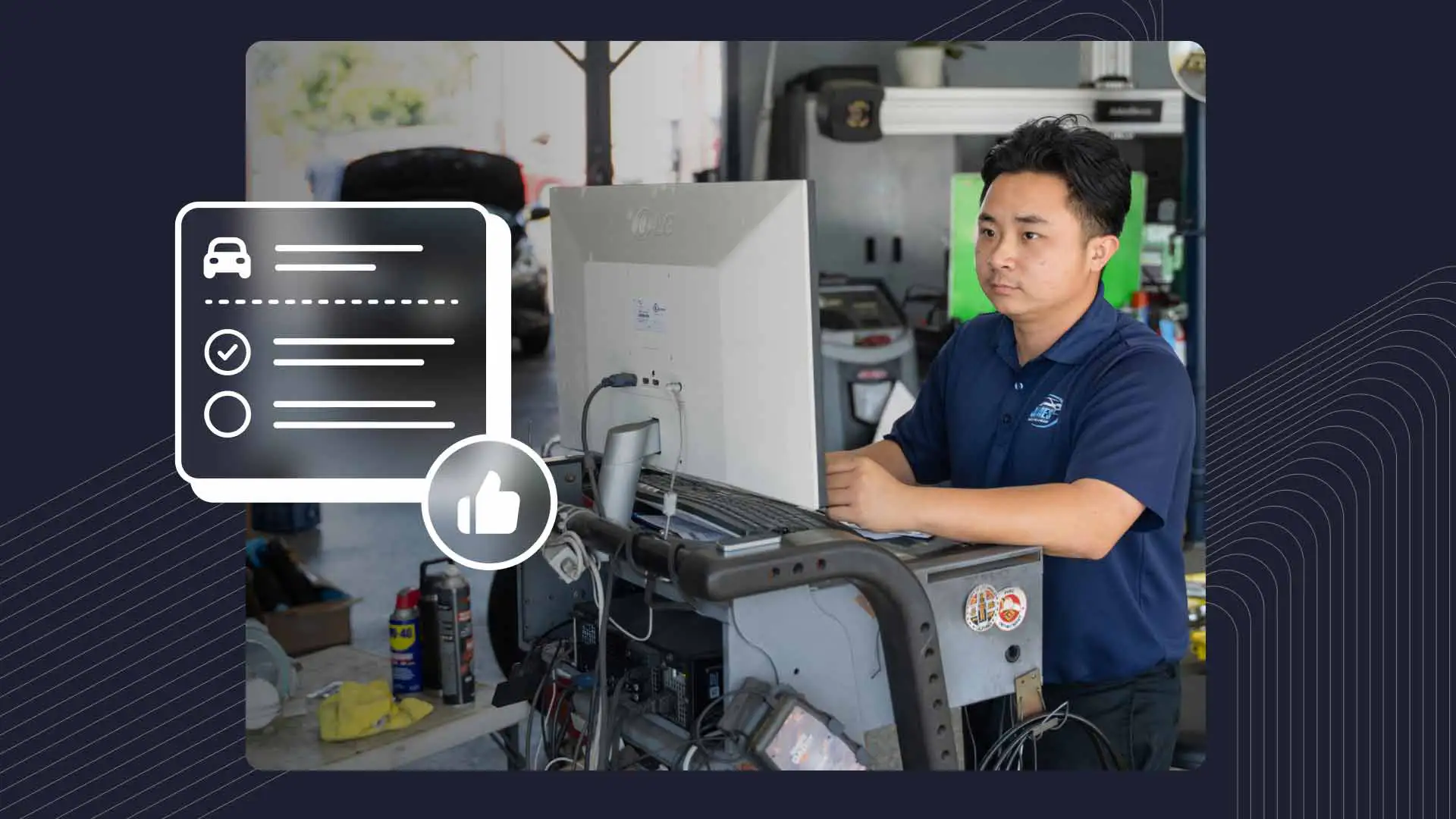For decades, oil changes have been synonymous with responsible vehicle maintenance. And the general consensus was that they needed to be done every 3,000 miles. This practice, which was based on early engine technology and lower-quality oil, became so ingrained that no one really thought to question whether, at some point, it should be updated.
Fast forward to today, and automotive technology has advanced by leaps and bounds, leading to a better understanding of engine lubrication and maintenance needs. At the same time, modern synthetic oils now offer much better protection and longevity than their conventional ancestors. And yet, in some circles the 3,000-mile oil change interval remains the standard.
Well, not anymore!
That’s right, friends: It’s time to gather our myth-busting tools, revisit the drawing board, and dig into the factors that actually determine when an oil change is necessary.
Myth Busted: The 3,000-Mile Oil Change
The 3,000-mile oil change interval, which dates back to the 1950s, became widely accepted for several reasons. First, it was simple and easy to remember. Second, older engines and conventional oils did degrade faster, so they had to be changed more often. Finally, quick-lube chains and oil companies recognized the benefits of frequent services and began heavily promoting the 3,000-mile benchmark.
Today, however, many vehicles can easily go 5,000 to 10,000 miles—or longer—between oil changes, particularly when using synthetics. Engines are more efficient, and synthetic oils contain additives that make them more stable and less prone to breaking down under extreme conditions. Which means that for most cars and trucks, sticking with the 3,000-mile rule is unnecessary; in fact, it’s even counterproductive in some cases.
Oil Change Intervals: The 4 Factors
Generally speaking, there are four main factors that should be considered when determining oil change intervals.
Vehicle Type: Different vehicles have different oil change requirements. For example, gasoline engines can usually go longer between services than diesel engines, which run at higher temperatures and pressures. Hybrid vehicles, too, may require less frequent oil changes because the electric motor takes some of the workload off the gas engine.
Driving Conditions: Driving conditions can greatly affect oil quality and how well the engine performs. Making lots of short trips, dealing with stop-and-go traffic, or traveling through harsh environments can cause oil to break down faster. Conversely, highway driving at consistent speeds or in moderate temperatures is easier on the engine, which translates to less frequent oil changes.
Oil Quality: The type and quality of oil plays an important role in change intervals. Take full synthetic oils, which are designed with specially formulated additives to last longer and perform better than conventional oils. They can protect engines for 10,000 miles or more under normal driving conditions, significantly extending the period between synthetic oil change intervals. There’s also synthetic blends, which are a middle ground that mixes synthetic and conventional base oils to protect against oxidation and low temperatures.
Manufacturer Recommendations: Automakers conduct extensive research to develop guidelines for oil change intervals. These recommendations, found in the owners’ manual, are based on engine design, oil quality, and typical driving conditions, among other factors. Most modern cars also have service indicator lights, or are programmed to alert drivers when they’re due for an oil change.
The Problem with Over-Servicing
While going too long between oil changes can damage the engine, changing it too often can be problematic, too. Unnecessary oil changes lead to higher labor costs for customers and your shop, and can also tie up technicians who could be better utilized on other jobs. Then there’s the environmental impact, as used oil becomes waste that must be disposed of properly or recycled.
Worst of all, recommending unneeded services can strain your relationships with customers. As drivers become better educated on their vehicles, they may question both your shop’s integrity and expertise–and take their business elsewhere–if you’re following outdated oil change practices.
Recommending Accurate Oil Change Intervals
There are several benefits to recommending the right oil change intervals, especially when they’re backed by data. First, the obvious: Engines last longer and perform better when they’re on a regular oil maintenance schedule. Meanwhile, customers will appreciate honest advice that saves them time and money. This helps build trust in your shop and makes customers more likely to come back for future services and repairs. Plus, shops that take an updated approach to maintenance are more likely to be seen as industry leaders, not followers.
Tools and Tech for Accurate Oil Change Intervals
Different tools and technologies can help auto repair shops determine the right oil change intervals for customers. Most vehicles come equipped with oil life monitoring systems that track operating temperature, driving time, engine revolutions, and other conditions to signal when an oil change is needed. While these systems provide a good starting point, they shouldn’t be the only factor considered. For more accurate results, technicians can use oil analysis kits to test oil samples, or advanced scanners to monitor oil life through the car's computer system. It's also important to stay informed about the latest industry trends and technologies, including new oil blends, updates to manufacturer recommendations, and advancements in engine technology that could impact maintenance needs (again).
Refine Your Thinking on Oil Changes
The days of the standard 3,000-mile oil change are behind us. As engines become more efficient and oils more advanced, auto repair shops need to adjust their practices accordingly. Weighing factors like vehicle type, driving conditions, oil quality, and manufacturer recommendations can help technicians give their customers accurate, personalized advice on oil change intervals. A data-driven approach not only helps engines run smoother, cleaner, and longer, it also builds trust and customer satisfaction.
Embracing modern tools and practices is good for business, and solutions like Shopmonkey's oil change software can help streamline your operations and offer precise service and maintenance recommendations, a key factor in expanding your customer base and bottom line. Request a free demo today!




